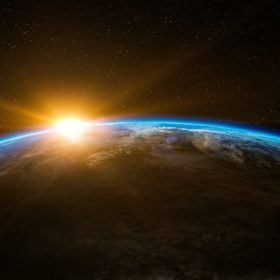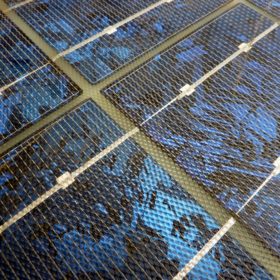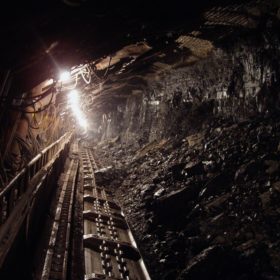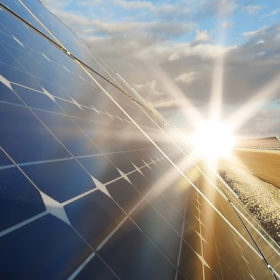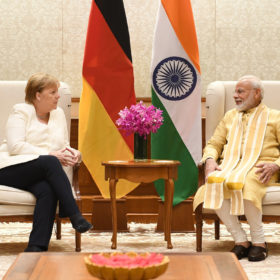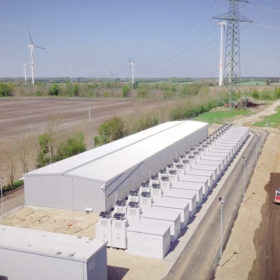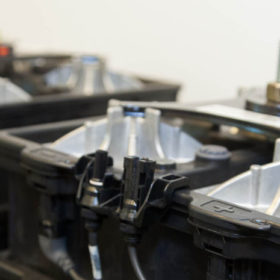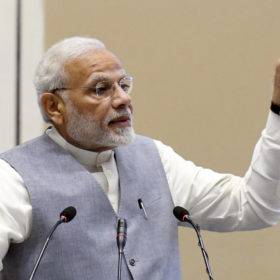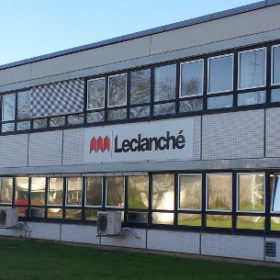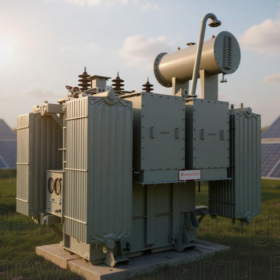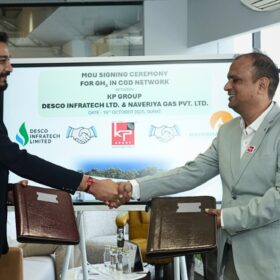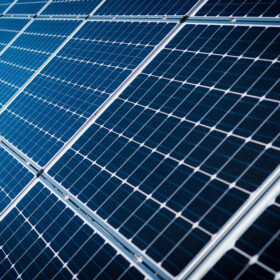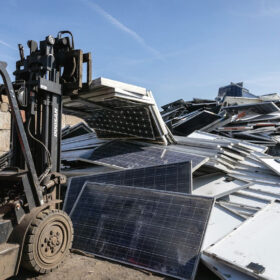‘India will add 14 GW of solar this year’
The annual global outlook report for solar published by IHS Markit notes there was no real uptick in the amount of new capacity added last year, compared with the returns seen in 2018. That is likely to kill any hope India has of overtaking the U.S. as the world’s second biggest solar market in 2020.
US scientists claim clear-sky irradiance model provides better results for module testing
Researchers at the American Institute of Physics have used the clear-sky irradiance model developed by the National Renewable Energy Laboratory to measure the degradation rates of solar panels at a testing field in Germany over five years. The scientists say the model, when combined with real-world data, offers an efficient tool to evaluate the aging of PV technology.
PM’s office reportedly considering waiving carbon tax on coal
As Germany shuttered another of its nuclear power plants on New Year’s Day, Narendra Modi’s office was said to be considering a proposal which would make coal more competitive with renewables in India.
German company Phaesun installs solar-powered water desalination plants in Gujarat
The pilot plants—installed at a temple and a school—work on a membrane-based electrodialysis technology to provide clean drinking water.
Distributed storage market to grow nearly twentyfold by 2028
Market intelligence company Navigant Research has developed a country forecast of the global market. Incentives and pricing will be the main driver of installations, though the market will continue to be concentrated in certain key regions, including India, for now.
Now green urban mobility to get one billion euros boost from Germany
Having extended around two billion euros for clean energy projects, Germany will now support India in improving green urban mobility infrastructure, solutions and services in cities. Furthering its support for clean energy transition, it will also provide concessional loan of 200 million euros for a DISCOM investment facility in India.
Energy storage installations to grow 122-fold by 2040; India among top 3
The global installed capacity will grow from a modest 9 GW/17 GWh as of 2018 to 1,095 GW/2,850 GWh in the next two decades. Just 10 countries will account for almost 75% of the overall gigawatt market, with China, USA, India and Germany leading the pack.
Battery maker CATL ramps up investment in German gigafab to €1.8 billion
Previously, a mere €240 million (Rs1,870 crore) was set to flow into the giga-factory. The corporation’s management reasoned new demand for its battery cells made more investment necessary.
Europe announces plans for battery gigafactories
In news that will add urgency to Indian government efforts to establish a domestic storage industry, funding has apparently been secured for 16 GWh-plus production lines in Sweden and Germany. Is India at risk of being left in the starting blocks?
Enertrag, Enel and Leclanché commission German storage project
With Leclanché due to open a module and battery pack assembly line in Gujarat alongside JV partner Exide Industries by the end of next month, the Swiss storage solutions company has been active nearer its home market.
